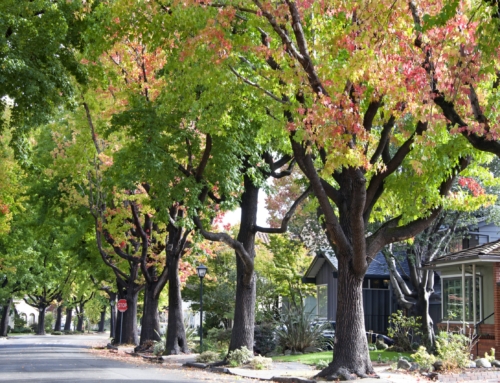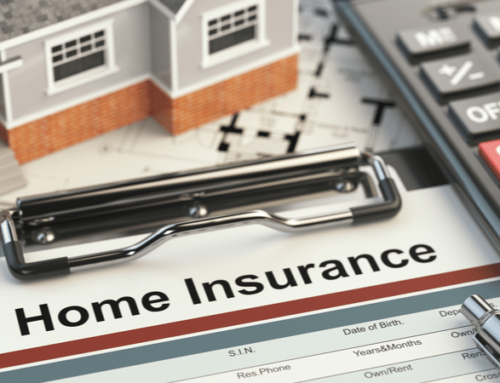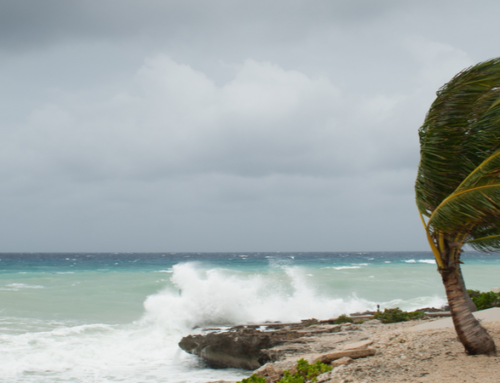Over the recent winter holidays, local newspapers carried several stories about two spectacular homes that were gutted by fire in the days surrounding Christmas.
One blaze was apparently started by holiday lights on the Christmas trees. In the other case, the house had just completed a $350,000 renovation and the owners were scheduled to move back in the following week.
The only thing worse than watching your house and its contents go up in smoke would be not having enough homeowner’s insurance to cover the cost of repairing or replacing the damage. And yet, that happens time and time again. Many homeowners fail to upgrade their homeowner’s insurance policies as they upgrade their home or contents.
Due to the first-ever loss in the property/casualty industry ($3 billion before September 11th added another $30 to $70 billion in losses to the insurance industry), you can expect your property insurance bill to increase this year. If you haven’t kept your policy up to date, you could see a much larger increase if you decide to bring your coverage up to speed, experts say.
According to Insure.com, a site that offers information and sells insurance policies, there are seven basic types of homeowner’s insurance. The differences are based on what perils each policy covers.
For example, HO-1 is your basic homeowner’s policy. It covers your house and contents against losses from fire or lightening, windstorm or hail, an explosion, riot or civil commotion, aircraft, vehicles, smoke, vandalism or malicious mischief, theft, damage by glass or safety glazing material and volcanic eruption.
The next level of homeowner’s insurance, HO-2, adds damage from falling objects, weight of ice, snow or sleet, three categories of water-related damage from home utilities or appliances, and electrical surge damage.
HO-3 is extended or special homeowner’s insurance. It covers everything except damage caused by flood, earthquake, war or nuclear accident.
HO-4 is renter’s insurance. HO-5 is all risk insurance which, according to Insure.com, isn’t commonly sold these days. HO-6 covers condominium owners. HO-8 covers older homes, including historic properties.
How should you determine how much insurance to buy?
A good rule of thumb is to start with how much it would cost to rebuild your home from the ground and replace the contents. In moderate-cost areas, it might cost you around $100 per square foot to rebuild your home. In high-cost areas, it could cost as much as $150 per square foot to rebuild, or more.
If you live in a 2,500 square foot house, it could cost anywhere from $250,000 to $375,000 to rebuild your home. Homeowner’s insurance policies cover contents up to 50 percent of the policy value. So if you buy a $300,000 replacement homeowner’s insurance policy, you can spend up to $150,000 on your contents. Not enough? You can buy additional insurance that will boost your contents coverage to 70 percent of your total policy.
The danger many homeowners make is underestimating how much it will cost to rebuild. But there are other mistakes you can make when buying homeowner’s insurance that can compound the problem. If your home burns to the ground and it takes a year to rebuild, make sure your policy will cover your living costs (called “loss of use”). Make sure any outbuildings on the property (like a garage, tool shed, or barn) are covered as is any landscape that may need to be replaced. Make sure you understand the total coverage for these issues.
If you have expensive furniture, artwork, or electronics systems that will exceed the standard replacement amount, you may need to buy a “floater” policy that will cover specific, expensive items. Also, if you have a home-based business, or a home office, you should consider getting separate coverage for your furniture and equipment, as it may not be adequately covered under your homeowner’s policy.
Finally, wealthier homeowners should purchase an umbrella liability policy to supplement the $100,000 to $300,000 that comes standard with many homeowner’s insurance policies, especially if you have a swimming pool, outdoor trampoline, or other exercise equipment. Umbrella liability policies can be purchased cheaply, providing millions of dollars of coverage for a few hundred dollars each year.






Leave A Comment